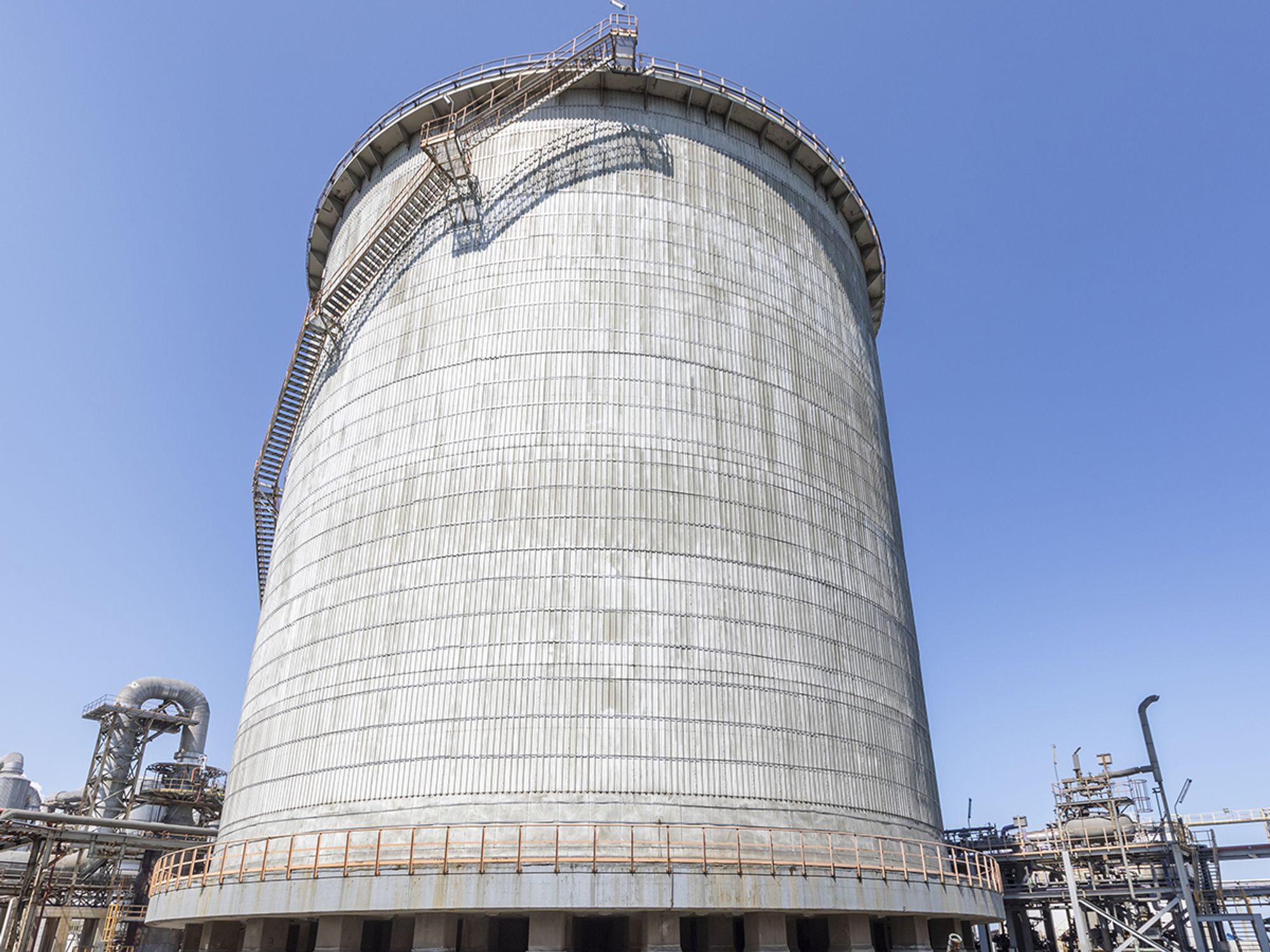Key definitions for secondary containment

- Secondary containment means temporary containment of a discharge if the primary container fails.
Double-walled tank: Essentially a tank within another tank, equipped with an interstitial (i.e., annular) space and constructed in accordance with industry standards. The inner tank serves as the primary storage container while the outer tank serves as secondary containment. The outer tank of a double-walled tank may provide adequate secondary containment for discharges resulting from leaks or ruptures of the entire capacity of the inner storage tank. Note: Double-walled tanks with fittings or openings (e.g., a manway) located below the liquid level of the container may require additional secondary containment to conform with industry standards and/or local codes. Moreover, a double-walled tank does not provide adequate secondary containment to address transfer-related overfills from the tank vent; therefore, secondary containment measures may be necessary to contain overfills from vents associated with transfer operations.
Secondary containment: Temporary containment of a discharge if the primary container fails. Secondary containment gives a facility time to abate the source of the discharge and remove the accumulated substance to prevent it from reaching waterbodies.
Storage capacity of a container: The shell capacity of the container.
Freeboard: Capacity of the secondary containment meant to hold precipitation above and beyond the capacity intended for a discharge from the largest single container. Note: Whether freeboard is “sufficient” is a matter of engineering practice that may depend on local precipitation conditions, height of the containment wall, size of the tank or container, safety considerations, and frequency of the secondary containment drainage and inspection.
